Stagecraft for Children: Unleashing Young Imaginations
Stage craft is the behind-the-scenes magic that brings theatre to life. It is an amalgamation of techniques, from set design to lighting, that creates the world a play inhabits. This invisible art is essential in setting the mood, establishing the setting, and enhancing the overall theatrical experience. Just as actors tell the story, this craft supports and amplifies their performance, making it more immersive and believable.
Unlock the world of top-tier academic assistance through Paperwriter. This platform links you with adept writers specializing in crafting high-quality papers across various subjects. Whether an essay, research paper, or any other academic writing, Paper writer has you covered. These experts are dedicated to delivering well-researched, original, and timely papers that meet academic requirements.
Why Stage craft for Kids?
Have you ever seen a child’s face light up with wonder when they watch a play? Now imagine the pride and excitement they would feel being part of creating that magic. Introducing stagecraft to children offers myriad benefits:
Creativity Boost:
One of the most captivating things about children is their innate ability to dream without boundaries. Designing sets or costumes provides them an outlet to express these dreams. When they engage in this craft, they’re tasked with imagining different worlds, eras, and scenarios, which pushes their creativity to the forefront. By converting a simple piece of cloth into a king’s robe or turning a cardboard box into a magical castle, they expand their understanding of transformation and endless possibilities. Moreover, as they experiment with colors, designs, and patterns, they often uncover a passion or a talent they never knew existed.
Teamwork:
Theatre, in essence, is a group effort, and craft is no exception. As children collaborate on projects, they learn the nuances of communication, compromise, and consensus. While one child might envision a forest with towering trees, another might think of a clearing with magical creatures. Bringing these visions together teaches them the importance of incorporating different ideas and creating something that’s a product of collective imagination. These collaborative experiences build interpersonal skills, teaching them empathy, patience, and the art of negotiation – skills they’ll use throughout their lives.
Problem-solving skills:
The world of craft is fraught with unexpected challenges. A prop might not fit the stage, a backdrop might fall over, or a costume might tear at the last minute. Children navigating these hurdles learn to think on their feet. If the main spotlight fails, how can they use other lighting sources to achieve a similar effect? If they don’t have the materials for a costume, what alternative can they find? Such challenges don’t deter them; instead, they become opportunities to innovate, think critically, and find solutions – preparing them for real-life challenges.
Skill Development:
Beyond the abstract skills of creativity and critical thinking, this craft offers tangible, hands-on skills. The precision required to sew a costume teaches them patience and meticulousness. Building props and sets instills in them an understanding of basic construction, geometry, and physics. As they measure, cut, assemble, and decorate, they not only grasp the fundamentals of craftsmanship but also gain an appreciation for the artisans and technicians behind every play or show they watch.
Confidence:
Perhaps one of the most profound impacts of participating in this craft is the boost in self-confidence. You must also learn to speak and write your speeches confidently. Speech writing services like essay service can help you. Children, by nature, seek validation and appreciation. When they see an actor wearing the costume they designed or hear the applause for a set they helped create, the sense of pride they feel is immeasurable. They realize their potential and their capability to contribute meaningfully to a project. This belief in themselves, the confidence that they can achieve what they set out to do, is a powerful tool they carry forward into other aspects of their lives.
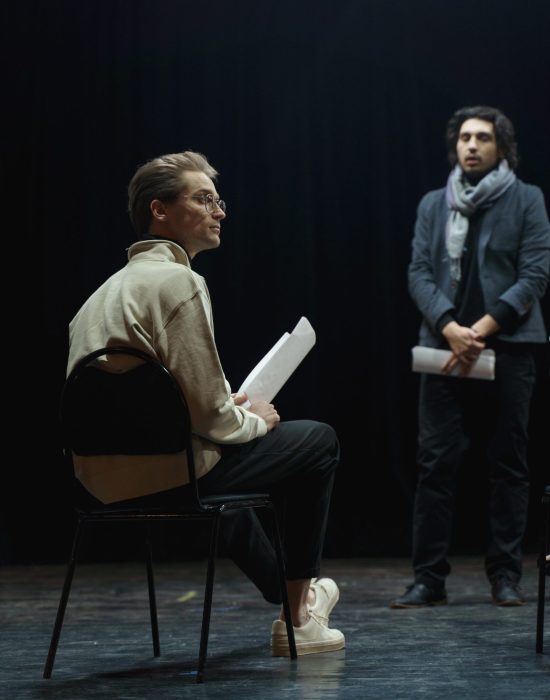
Basics of Set Design
The backdrop of every theatrical piece is its set. This physical space sets the tone, the time, and the mood. For children, set design is like a life-size puzzle. It’s about imagining a world and then building it. Here’s a beginner’s guide:
- Sketching Ideas: Start with a basic drawing or sketch of the scene. This allows children to visualize the final product.
- Materials: Cardboard, paint, fabric, and recyclable materials are great starting points for children.
- Safety First: Always ensure children are supervised, especially when using tools. Safety gloves, goggles, and other protective gear are essential.
- Themes & Ideas: Encourage children to come up with set themes – from a pirate ship to a moonlit forest.
Costume Creation and Props
Costumes and props are tangible elements that actors use to define and express their characters. For children, this aspect of stagecraft can be particularly enjoyable:
- DIY Costumes: Use old clothes, scarves, and fabric to create costumes. For a princess gown, maybe an old dress can be spruced up with glitter and ribbons.
- Simple Props: Think about everyday items that can be transformed. A cardboard tube can be a telescope or a magic wand.
- Materials: Craft stores are treasure troves. Felt, foam, beads, and buttons can all be used to customize props and costumes.
- Safety: Ensure kids use safe, non-toxic materials, especially if they’re putting together makeup or face paint.
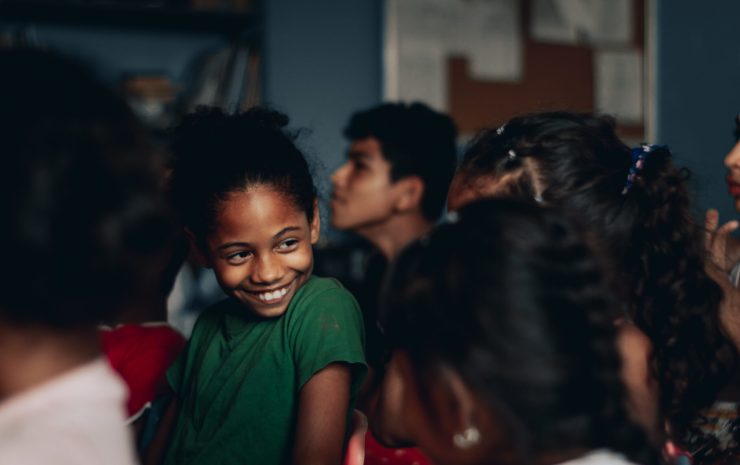
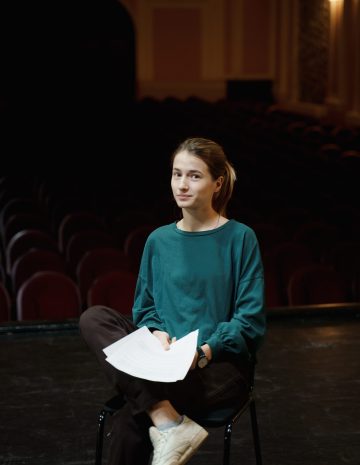
Lighting and Sound Techniques
Lighting and sound can transform a play from mundane to magical. While professional setups can be complex, children can still get a taste of this world:
Mood Lighting:
The magic of lighting in theater cannot be understated. It’s the medium that carries the audience from the real world into the universe of the story. Even with simple tools like colored gel papers over flashlights, children can experience the transformative power of lighting. By choosing blue, they can create the ambiance of a moonlit night, enveloping the scene in tranquility. A deep red can evoke the romance of a sunset or the intensity of a drama’s climax. Experimenting with such basic tools, kids begin to understand how lighting can augment emotions, guide viewers’ focus, and provide depth to a scene. They learn the art of painting a stage with shades of light.
Simple Sound Effects:
Sound, much like light, is an immersive tool. It’s the distant rumble of thunder or the soft patter of rain that makes a scene come alive. While professional theater employs sophisticated equipment, children can recreate these effects with everyday items. Shaking rice on a metal plate can emulate the sound of rain, allowing kids to experience the auditory magic firsthand. Stomping shoes against wood can signify an approaching antagonist or a dramatic entrance. As children play with these homemade sound effects, they gain a newfound appreciation for the ambient sounds in their environment, realizing that stories aren’t just seen but heard as well.
Technology:
We live in a digital age where technology is not just an accessory but a staple in our daily lives. And theater and this ecraft are no exceptions. For the tech-savvy child, numerous free apps and software tools offer a plethora of sound effects, from chirping birds to bustling cityscapes. These tools serve as gateways, introducing children to the expansive world of sound design. They can mix and match, adjust volumes, or even create a sequence of sounds, laying the foundation for potential careers in sound engineering or design. These digital platforms empower them to merge traditional stage craft with the modern world, bridging the gap between classical and contemporary.
Safety:
While the world of this craft offers endless avenues for creativity and learning, safety remains paramount. Children’s enthusiasm and curiosity can sometimes lead them into potentially hazardous situations. Electrical equipment, especially, demands careful handling. All equipment should undergo regular checks to ensure they are free from defects. Frayed wires, loose connections, or faulty switches can be dangerous. Parents and instructors should emphasize the importance of keeping any electrical equipment dry and away from liquids. Basic guidelines, such as not overloading sockets or unplugging equipment when not in use, should be instilled. By inculcating these safety habits, children can enjoy the world of this craft while remaining protected and secure.
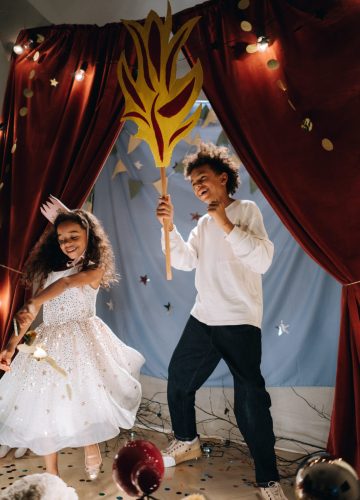

Makeup for the Young Actor
Makeup is an artist’s palette that can transform an actor’s face into a canvas. For children, this metamorphosis can be thrilling:
- Face Paint: Ideal for children, as they’re safe and can be washed off easily. Perfect for animals, fantasy characters, or fairies.
- Basic Character Makeup: Simple scars with red lip liner, rosy cheeks with lipstick, or pale faces with baby powder.
- Tutorials: Numerous child-friendly makeup tutorials are available online. Always ensure they use safe products.
- Hygiene: Teach children the importance of not sharing makeup and always removing it after the play to keep their skin healthy.
Engaging Stagecraft Activities
To keep children engaged and excited about this craft, here are some interactive activities:
- Model Set Building: Using shoeboxes, kids can create miniature sets.
- Costume Day: A day where they can wear and showcase their DIY costumes.
- Shadow Play: Using just a white sheet and a light source, children can experiment with creating stories using shadows.
- Prop Hunt: A scavenger hunt where they find everyday items to transform into stage props.
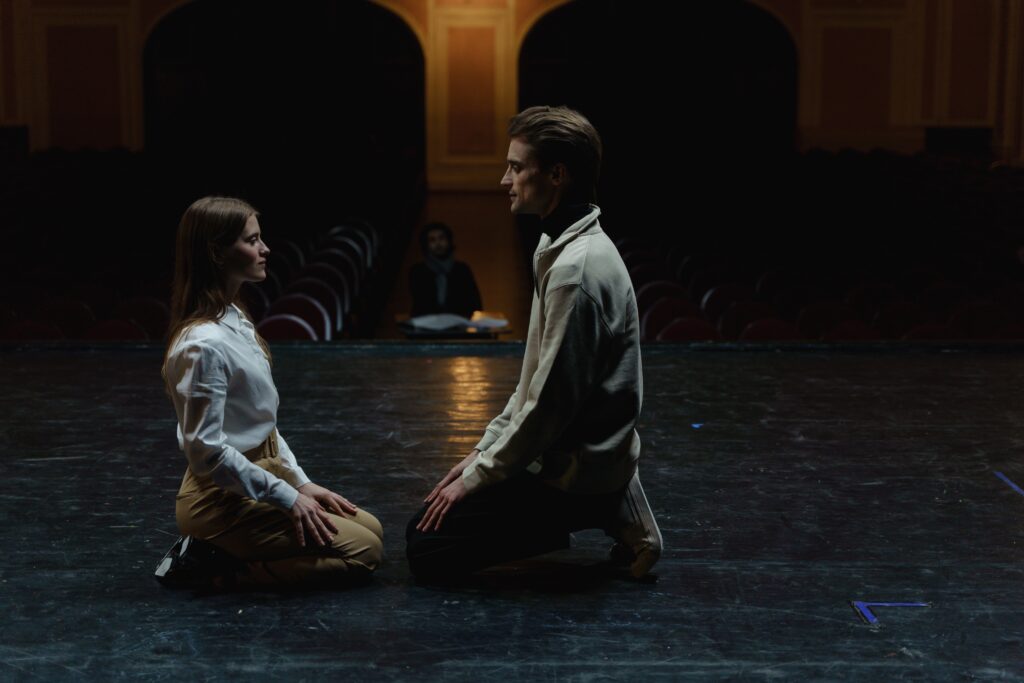
Resources and Workshops
For those looking to delve deeper into the world of this craft:
- Books: “Kids Take the Stage” by Lenka Peterson, “Theatre for Children: A Guide to Writing, Adapting, Directing, and Acting” by David Wood.
- Online Resources: Websites like ‘Theatrecrafts for Kids’ and ‘Young Stage Designers’ offer tutorials, ideas, and forums for discussion.
- Workshops: Local community centers, children’s theaters, and schools often hold workshops during holidays and weekends. They can be a great place to learn hands-on techniques and meet fellow enthusiasts.
In conclusion, stagecraft is not just for adults or professionals in the theater world. Children, with their boundless imagination and enthusiasm, can immensely benefit from and enjoy the creative process of this craft. Whether it’s building a set, designing costumes, or playing with lighting, the world of this craft can be a playground for young minds, teaching them invaluable skills and giving them memories to cherish.